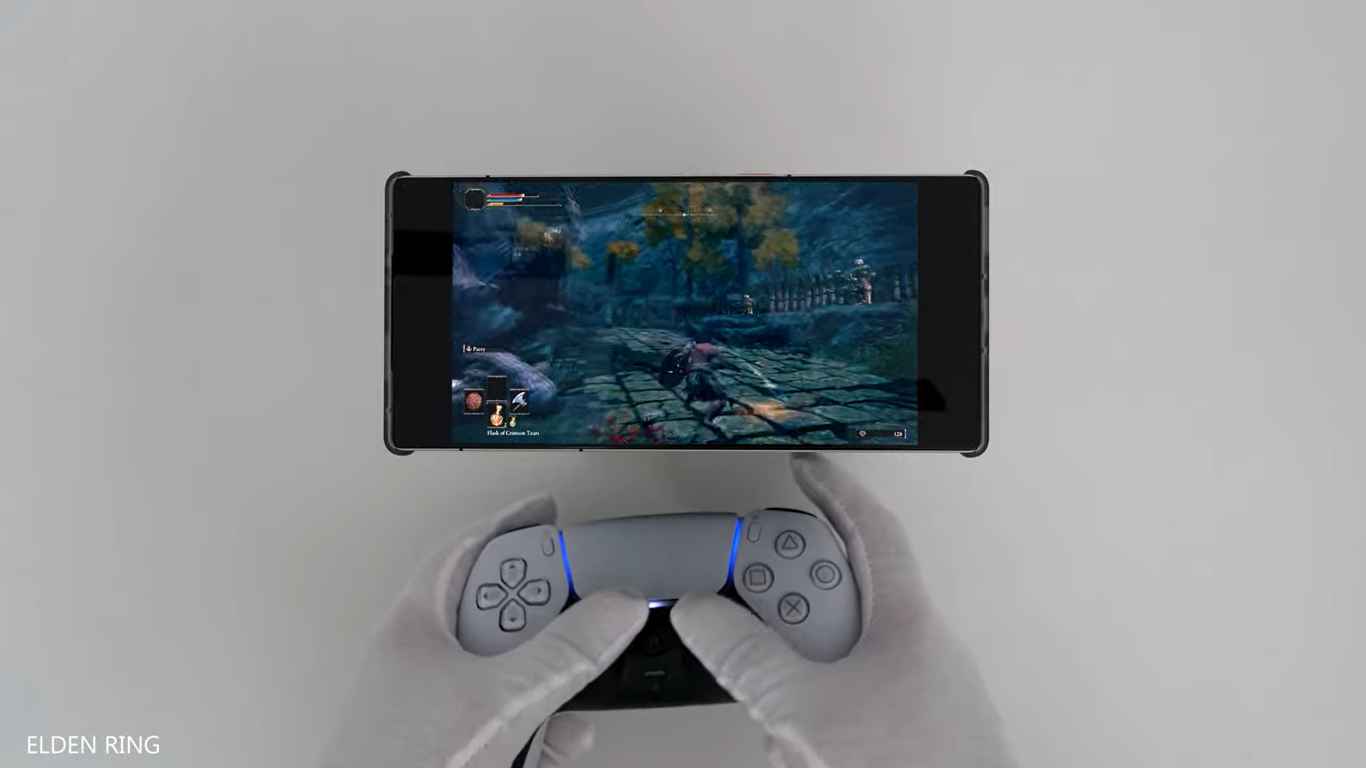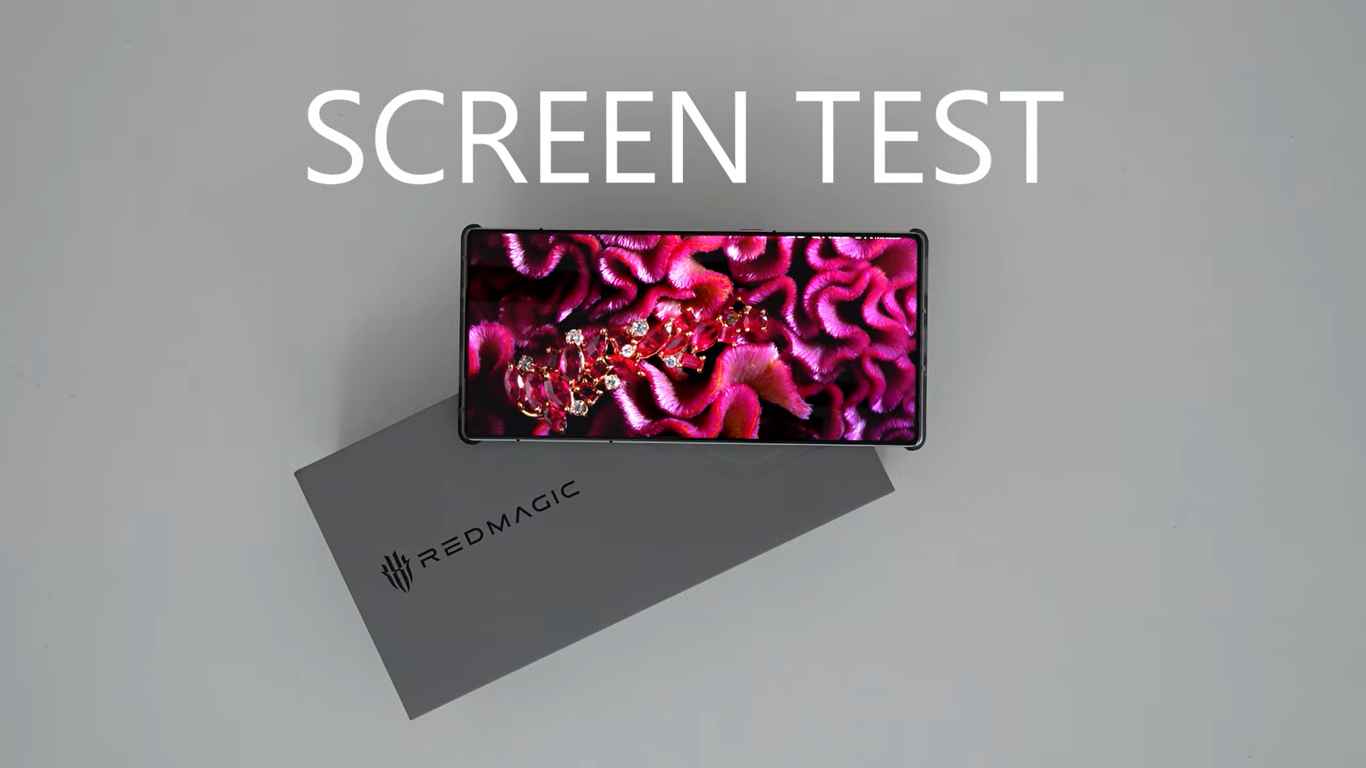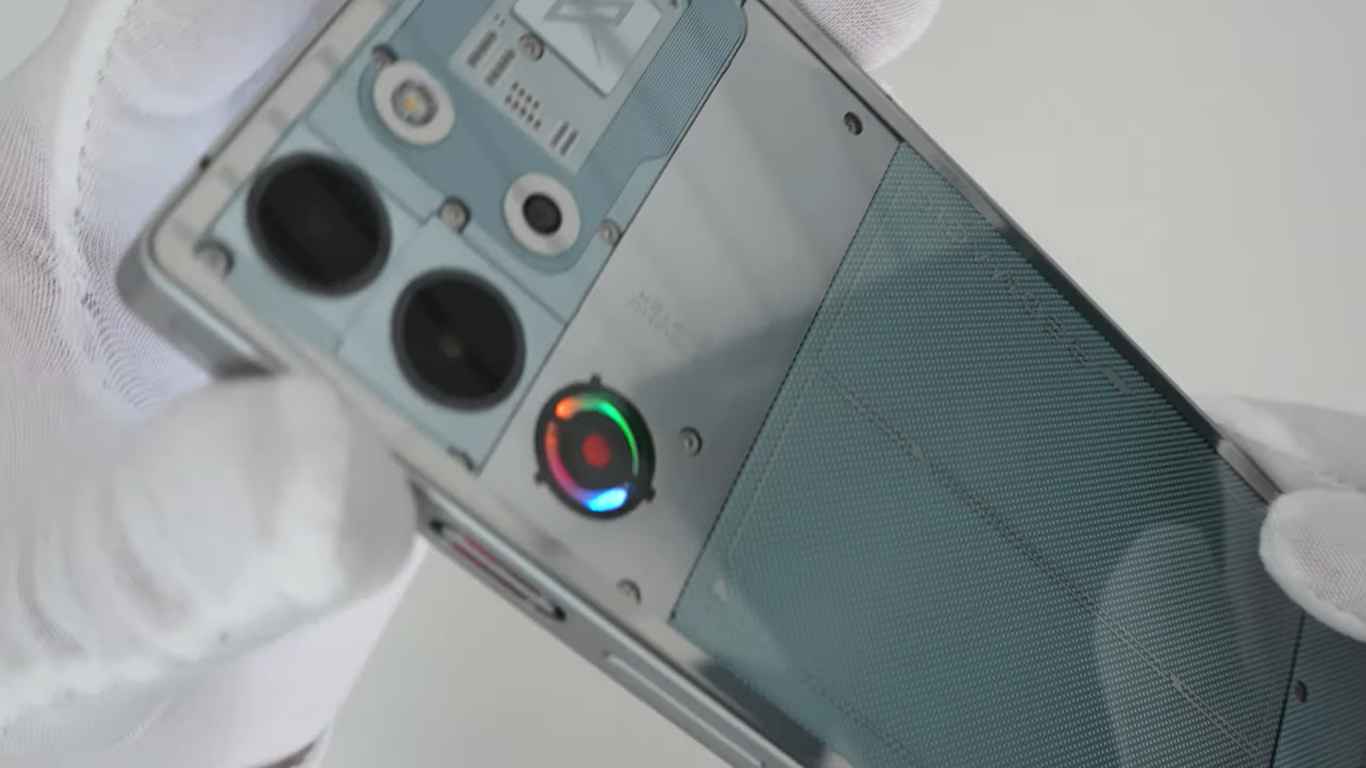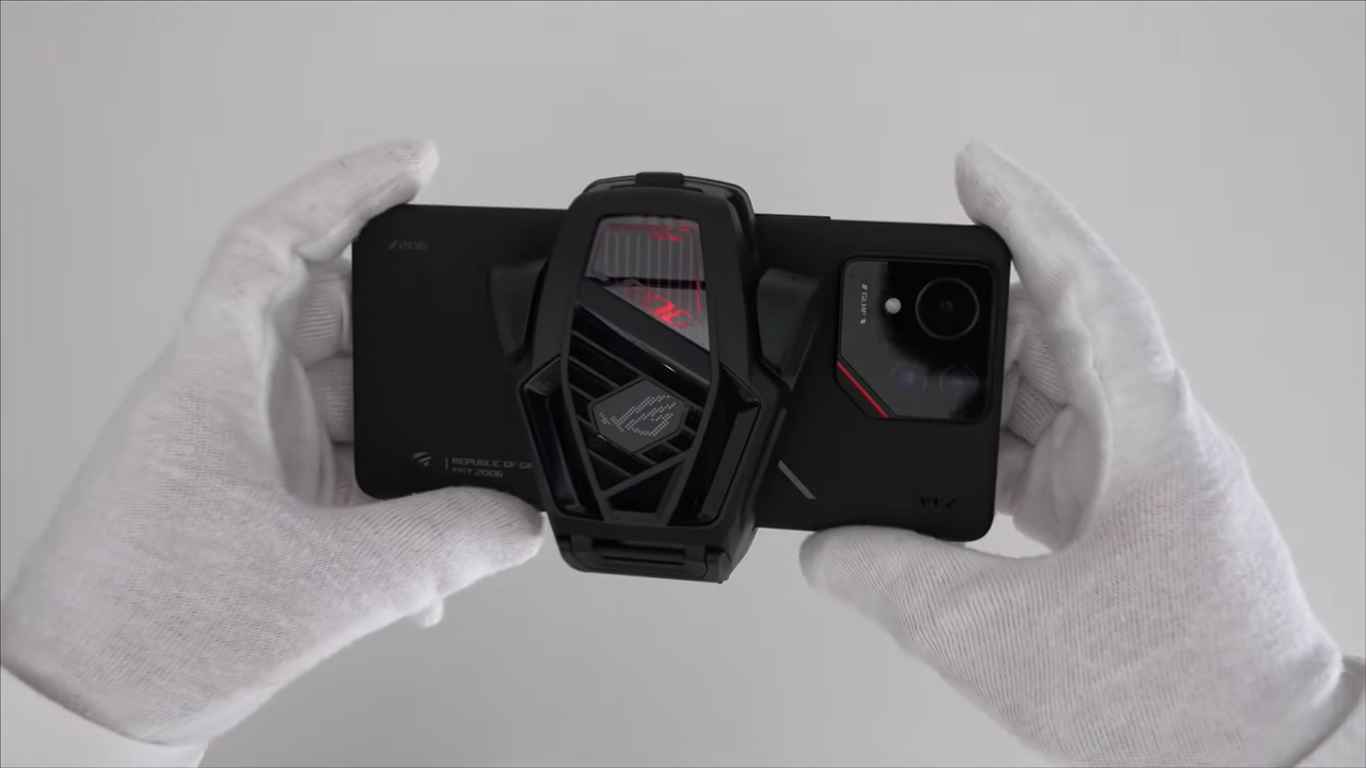Introduction
How to Choose A Phone For Gaming + Battery Life can seem complex. In this article, you will learn which hardware and software features matter most. You will see how to balance raw power with long battery life. You will discover practical tips, real examples, and a step-by-step approach. By the end, you will feel confident picking a phone that plays games well and lasts through long sessions.

How to Choose A Phone For Gaming + Battery Life
Key Hardware Considerations
Processor and Graphics
The processor and GPU determine how smoothly games run. Look for the latest chipsets from Qualcomm, MediaTek, or Apple. Mid-range phones may use Snapdragon 7-series or Dimensity 9000. Flagship devices often feature Snapdragon 8-series or A-series silicon. Better chips handle higher frame rates and complex graphics without stutter.
Memory and Storage
Adequate RAM ensures games load and stay in memory. Aim for at least 8 GB of RAM. More RAM lets you keep background apps open without closing the game. Storage speed also impacts load times. UFS 3.1 or newer storage is preferable. Choose at least 128 GB of internal storage for large game files.
Thermal Management
Extended gaming causes heat buildup. Some phones include vapor chambers or graphite sheets to spread heat. Cooling fans or heat pipes appear in gaming-focused models. Effective thermal design prevents thermal throttling, which reduces performance over time.
Bullet‑Point Summary
- Select a modern chipset for high frame rates.
- Opt for 8 GB or more of RAM and fast storage.
- Check for advanced thermal solutions to sustain performance.
Display and Touch Response
Refresh Rate
High refresh rates make motion smoother. Look for 90 Hz, 120 Hz, or even 144 Hz panels. A higher rate improves responsiveness and makes gameplay feel more fluid. Some phones dynamically switch rates to save battery.
Touch Sampling Rate
Touch sampling rate measures how often the screen registers touch. Rates of 240 Hz or higher reduce input lag. This is crucial for fast-paced games where every millisecond counts.
Resolution and Aspect Ratio
Full HD+ (1080p) resolution balances clarity and battery use. Higher resolutions like Quad HD+ (1440p) look sharper but draw more power. The aspect ratio, such as 20:9 or 21:9, affects field of view in games. Wider screens can enhance immersion.
Bullet‑Point Summary
- Aim for at least a 90 Hz refresh rate display.
- Choose a high touch sampling rate (240 Hz or more).
- Select resolution that balances sharpness and battery use.

Battery Life and Charging
Battery Capacity
Battery capacity is measured in milliampere-hours (mAh). Look for at least 4,500 mAh for extended play sessions. Larger batteries, such as 5,000 mAh or more, offer longer life but add weight. Consider your balance of portability and endurance.
Charging Speed
Fast charging reduces downtime between sessions. Technologies range from 18 W to over 120 W. A 65 W charger can refill a large battery in under 40 minutes. Wireless charging can be slower but adds convenience.
Power Management Features
Many phones include power-saving modes that limit background tasks and lower screen brightness. Gaming modes may offer a balanced performance profile. Dynamic refresh rates and adaptive resolution can extend battery life during light scenes.
Bullet‑Point Summary
- Choose a battery of at least 4,500 mAh capacity.
- Opt for fast-charging support of 65 W or higher.
- Use power management features to extend play time.
Software and Optimization
Dedicated Gaming Modes
Many manufacturers include gaming modes or toolboxes. These modes block notifications, boost CPU/GPU clocks, and enable network enhancements. Some allow you to record gameplay or block unwanted touch inputs.
System Updates
Regular software updates can improve performance and fix bugs. Check the manufacturer’s track record for timely updates. Custom Android skins vary in efficiency; lighter skins often offer better performance.
Background App Management
Apps running in the background can consume resources. Use built-in tools to restrict or close background apps automatically when you launch a game. This frees RAM and CPU cycles for gaming.
Bullet‑Point Summary
- Use dedicated gaming modes to optimize performance.
- Choose brands with a history of timely software updates.
- Manage background apps to free up system resources.

Networking and Connectivity
Wi‑Fi Standards
Stable Wi‑Fi is essential for online multiplayer. Look for Wi‑Fi 6 (802.11ax) support. This standard offers higher throughput and lower latency in crowded networks. Dual‑band support lets you switch between 2.4 GHz and 5 GHz channels.
5G and LTE
5G networks offer faster download speeds and lower latency than 4G LTE. Not all areas have reliable 5G coverage. Verify your local network support before investing in a 5G‑only device.
Bluetooth and Accessories
Low-latency Bluetooth codecs like aptX Low Latency reduce audio lag when using wireless earbuds. Multi‑device Bluetooth support lets you keep a controller and headset connected simultaneously.
Bullet‑Point Summary
- Prefer Wi‑Fi 6 support for better online stability.
- Consider 5G if your area has solid coverage.
- Use low‑latency Bluetooth codecs for audio and controllers.
Price and Budget Considerations
Flagship vs. Mid‑Range
Flagship phones deliver top performance but cost more. Mid-range devices now offer strong chipsets and decent battery life at lower prices. Determine which features you need most and allocate budget accordingly.
Value‑Focused Brands
Some brands specialize in value devices. They often offer competitive hardware at more accessible prices. Check reviews for real-world performance and battery endurance before buying.
Long-Term Costs
Consider warranty, accessory ecosystem, and software support. A cheaper phone with two years of updates may offer better value than a pricier model with limited support.
Bullet‑Point Summary
- Decide between flagship power and mid-range value.
- Research brands known for balanced hardware and price.
- Factor in software updates and warranty coverage.
Case Studies: Phones at Different Budgets
Budget Option: Model A
Model A costs under $300. It features a mid-range chipset, 6 GB RAM, and 128 GB storage. The 4,500 mAh battery and 18 W charging offer decent endurance. Its 90 Hz screen and basic cooling handle casual gaming well.
Mid‑Range Option: Model B
Model B sits around $500. It uses a Snapdragon 7-series chipset, 8 GB RAM, and UFS 3.1 storage. The 120 Hz display and 5,000 mAh battery with 33 W charging support longer play. It includes a dedicated gaming mode and vapor chamber cooling.
Flagship Option: Model C
Model C is priced above $900. It packs a Snapdragon 8-series chipset, 12 GB RAM, and 256 GB storage. The 144 Hz AMOLED screen and advanced liquid cooling deliver top-tier performance. The 4,800 mAh battery supports 65 W charging and wireless charging.
Bullet‑Point Summary
- Budget: Adequate for casual games with moderate settings.
- Mid-range: Good balance of performance, display, and battery.
- Flagship: Best overall performance and premium features.

FAQ
What is the most important feature for gaming?
The chipset (CPU and GPU) matters most. It dictates frame rates and graphics quality.
How much RAM do I need?
Aim for at least 8 GB. More RAM helps multitasking and future-proofs your device.
Does a high refresh rate drain battery fast?
Yes. Higher rates use more power. Dynamic refresh rate features can help manage battery use.
Is 5G necessary for gaming?
5G offers lower latency and faster downloads. But stable Wi‑Fi can suffice for most multiplayer games.
How do I test phone thermals?
Use benchmarking apps or play a demanding game for 15 minutes. Monitor temperature rise and any frame drops.
What charging speed is ideal?
A charger rated 65 W or higher balances quick top-ups with battery longevity.
Should I buy a gaming phone?
Dedicated gaming phones add cooling and triggers but cost more. A well-rounded flagship can perform nearly as well.
Conclusion
Choosing a gaming phone involves balancing performance and battery life. Prioritize chipset, RAM, and storage for smooth gameplay. Look for a high refresh rate, fast touch sampling, and robust thermal design. A battery of at least 4,500 mAh with fast charging keeps you in the game longer. Consider software features, connectivity, and budget to refine your choice. To take the next step, list your must-have features and compare models in your price range. Test real-world reviews and hands-on impressions before you decide. With these guidelines, you can pick a phone that handles games smoothly and lasts through extended sessions.